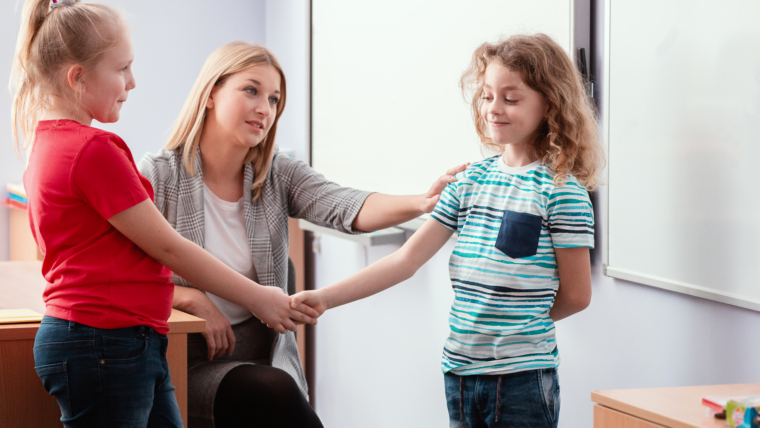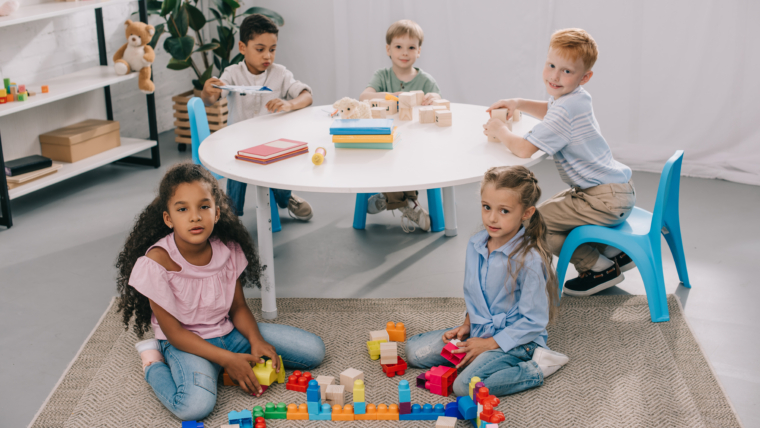Extraneous variables
Extraneous Variables: Aspects of the environment you CAN control that could affect the outcome of an experiment. (e.g. the time of the session, the lighting in the room (assuming lights work), the temperature in the room (assuming the thermostat works) ect.
Confounding variables
Confounding variables: Factors that you CANNOT control that could potentially influence the outcome of an experiment.
There are several categories of confounding variables:
- Subject Confounds
- Setting Confounds
- Measurement Confounds
- IV Confounds
Subject Confounds
Subject confounds are anything that involve a subject that could affect a study but are outside of the control of the experimenter.
For example, the subject didn’t get a good night’s sleep, the subject’s parents are going through a divorce and it is affecting his/her behavior ect.
A common subject confound is maturation which is when skills are gained simply as a result of a child maturing instead of as a result of the intervention.
Setting Confounds
Setting confounds are factors related to the setting that may affect the outcome of the study that are out of the control of the practitioner.
For example, the air conditioning is broken, there is a leaking pipe making noise, a fluorescent light is blinking, kids are playing soccer outside ect.
Measurement Confounds
Observer Drift- Observer drift is when the person recording data inadvertently changes what they are recording as an instance of behavior throughout the course of an experiment. For example, an observer is supposed to be recording humming. During the experiment the child starts whistling and the observers starts recording whistling. The data is now in valid and the behavior looks like it is increasing when it is not.
Observer Bias – An observer has a vested interest in the success of the experiment which impacts the way that data is collected. For example, a teacher really wants the child to be successful with tacting. They present a picture of an apple to the child. The child makes a sound that sounds something like an apple but it is unclear. The teacher counts it as correct.
Practice Effects- This is when a behavior improves during the baseline phase due to the multiple opportunities given to emit it. A child is given a puzzle in order to take baseline probe data on his ability to complete it. The first two times the child scored at 40 percent success but the third time they scored at 100 percent. They learned how to do the puzzle because they saw it three times in baseline.
Measurement Artifacts- When the way you measure a behavior makes it look like it occurred more or less often than it did. This is usually associated with whole interval recording and partial interval recording which under and overestimates behavior respectively. For example,
IV Confounds
Anything related to the independent variable/intervention that could have an effect on the experiment.
Example, a learner has a good/poor relationship with a practitioner or one practitioner is simply more experienced than another,



